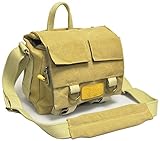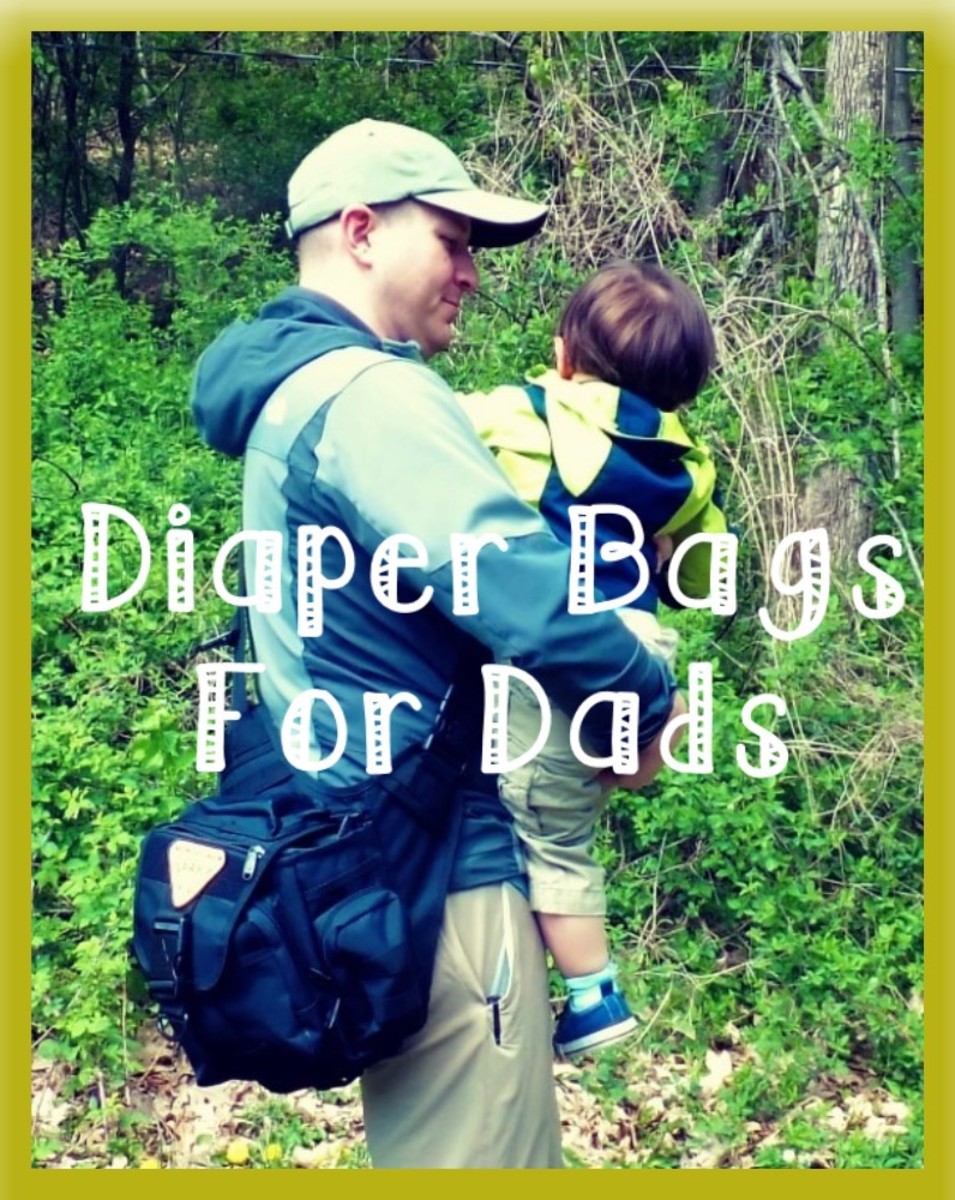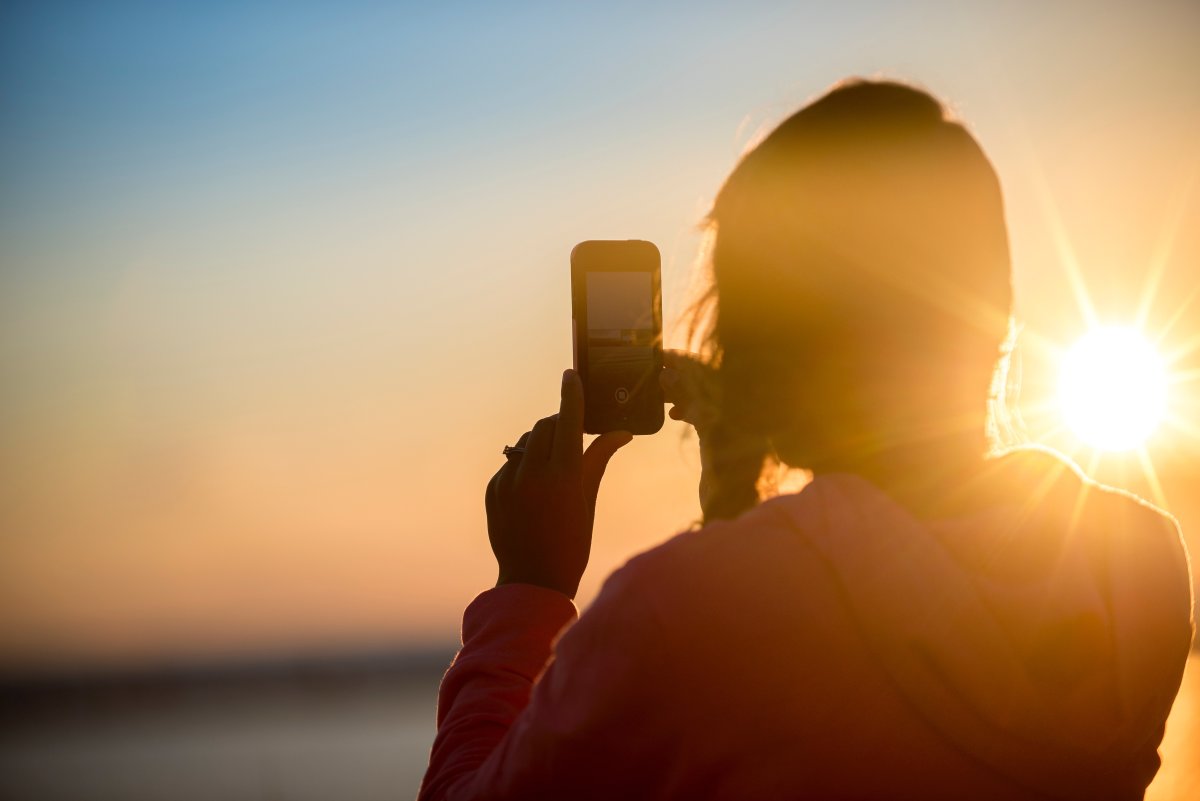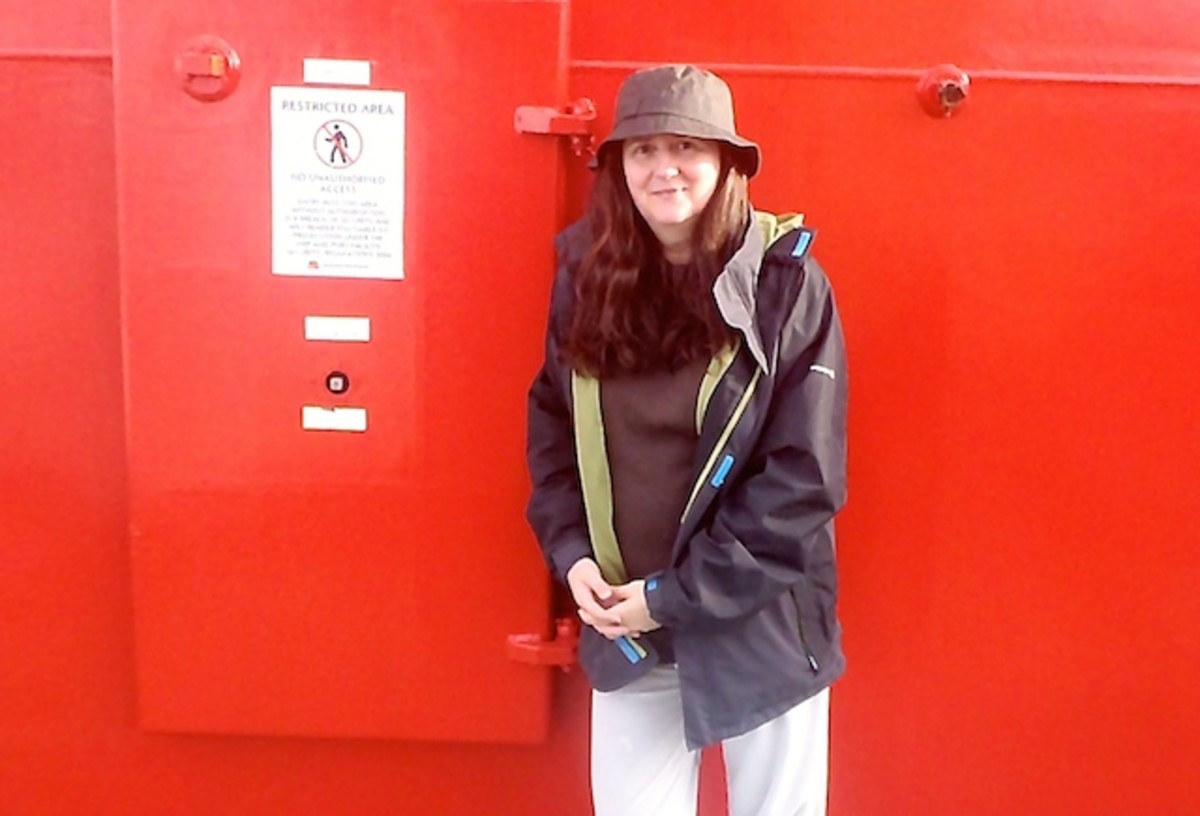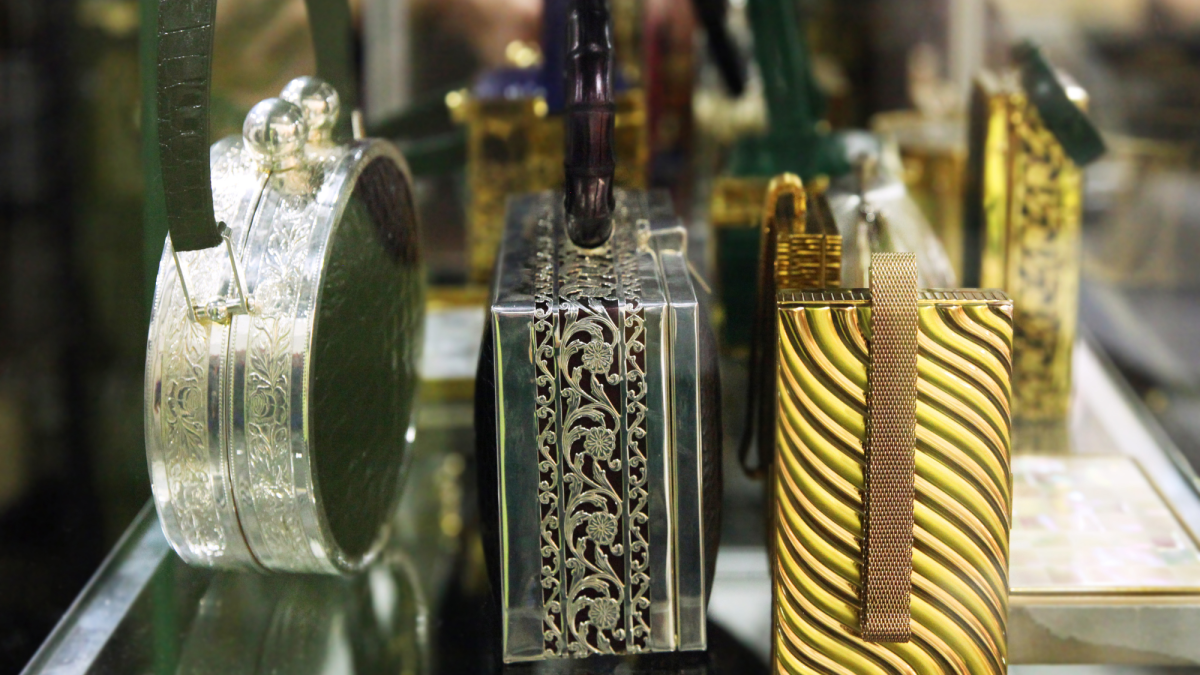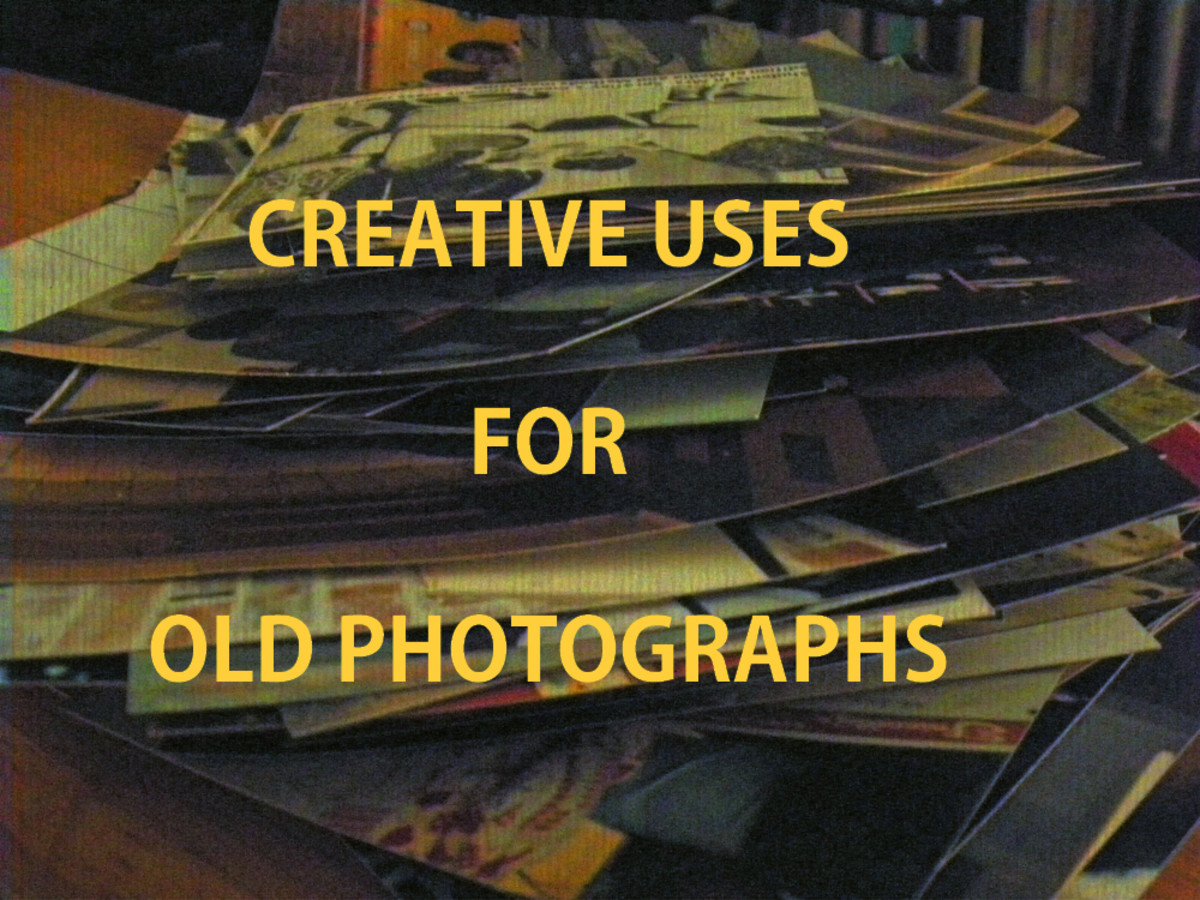Picking The Perfect Camera Bag
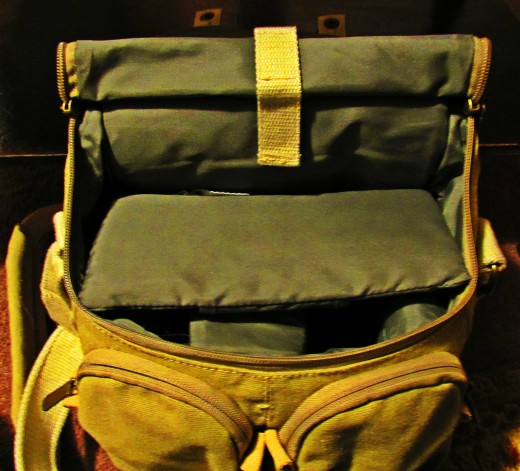
Getting into photography is a lot like morphing into a crazy cat person. You start off with just one camera but before you know it you have two, then three, and let’s not forget the accessories. Once you get the shutterbug, you can’t stop. So when it comes to finding the right bag you want one that not only looks stylish but is functional, and more importantly, protects your precious investment.
Where to get one?
There are five things you need to consider.
Be realistic about how you will use your camera. Which are you?
A weekend photographer, who only takes the camera to your kid’s soccer game, doesn’t probably need to lug around much. Probably room for one camera, a spare lens, a filter, and extra battery will be adequate.
Do you shoot pro or semi pro? If you shoot weddings for example, you need to have a bag accommodating for all of your accessories. More equipment means more weight and more risk of lens damage.
Street photographers are another animal. You will be lugging this bag around all day. So most street photographers need to pack lightly.
How much weight you are lugging around will help you decide what style to choose.
1. What style do you like?
Depending on how you identified yourself above, some styles of camera bags are going to work better for you than others. There are many options when it comes to bag styles and some work better than others depending on how you will use them.
A Weekend Photographer since they are packing light would probably prefer a belt clip or wristlet if they are using a small point and click. A Shoulder or sling bag which hangs around the neck or dangling as a purse off the shoulder would work for a small SLR or DSLR and an extra lens or a few filters for example. If shooting wildlife, solid dark colors are preferable as they are less likely to be spotted by your target.
Pro or semi pro photographers probably would be better suited with a hard case or rolling bag. This offers better padding and therefore better protection. Plus, it accommodates the amount of items being carried more adequately. The added benefit of a rolling bag of course is being ease of mobility.
Street photographers need a style that is both camouflage to the environment, but also easy to carry for an extended time. A belt clip bag or wristlet for point and clicks, backpack, or shoulder bag / sling bag would be preferable for a SLR or DSLR. All of which blend into an urban background and are lightweight or easy to carry, would fit the items needed, and offer adequate padding for their lenses.
2. Is the fabric functional for my needs?
When it comes to camera bags leather, canvas, and rip-stop nylon are the main contenders. Each has a benefits and drawbacks.
Here’s a list of pros and cons for each.
Leather:
Pros- very durable, classic style
Cons- expensive, not water resistant unless treated
Canvas:
Pros – naturally weather resistant, durable if kept properly, washable
Cons – can rot if left wet, inadequate padding can scratch a lens
Nylon:
Pros- very durable, water resistant
Cons- utilitarian designs, lack of color choices
Plastic:
Pros- lasts forever, waterproof, generally has heavy padding
Cons- lack of style, can scuff, inadequate padding can scratch lenses
Please note, weather resistant is not the same as water proof. Look for waterproof liners, chemical treatments, or rain covers if the bag is not water proof.
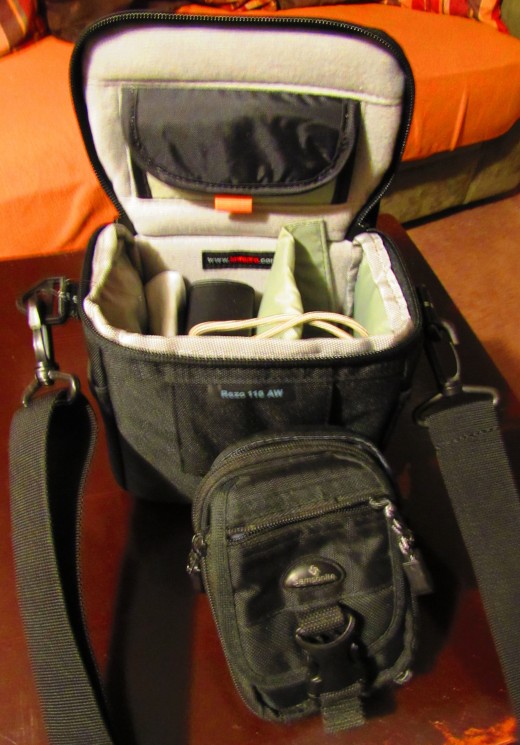
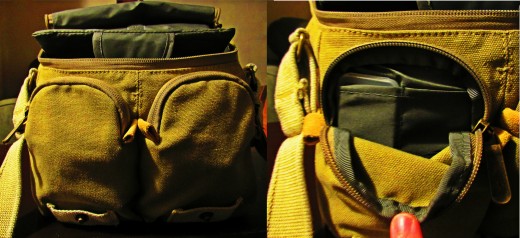

3. How well will it hold up?
Just like anything else, some objects are made better than others. Typically, you get what you pay for.
Look for:
- Sturdy shoulder straps that wrap around the body of the bag. The more the strap is attached, obviously the less likely to fall or unravel.
- Look for reinforced seams or thicker threading.
- Investigate the padding inside. Is it thick? Does it move when I move it between my fingers? If so, the padding isn’t of high quality and will flatten over time.
- Are the closures plastic or metal? Also, are they functional? Hard to reach snaps or zippers get more wear and tear and make the bag harder to use. Look for a sturdy closure that is well placed.
4. Will the bag protect my equipment?
Once again, be realistic about what you are trying to fit in the bag. It doesn’t matter how big the bag physically is. If there isn’t enough padding to protect the camera, it’s not the right one. A decent camera bag should mold around the items in the bag. Look for adjustable padded dividers and a padded shell for which the camera and lenses can be encased in.
5. How functional are the storage compartments?
Having pockets are great, but if they are impractical for what you need, what good are they? The pockets need to accommodate the items you need. Before buying a bag, place everything you want to take with you on a table and think it through. If the bag doesn’t fit, you must acquit.
Hopefully, this article has given you some direction on what to look for in a decent camera bag. Take care of it and it will help take care of your equipment for years to come.
Please feel free to leave some feedback below.
Rate this article.
Your two cents....
What kind of bag do you prefer?
- The Dummies Guide To Photography - 101
Tips and tricks to turn any photo into a work of art. All you need is a Windows based PC, an internet connection, and a digital camera.
- How To Make An Oil Lamp
Recreate the ancient art of oil lamps with a modern twist. How to make your own oil lamp using recycled objects around the house.
- 17 Ways To Annoy Me
Since I'm new to Hub Pages, I figured I should introduce myself. And what is a better way to do so, then inform you of top 17 Ways To Annoy Me. Why a top 17 list? Because 10 is trite and 20 requires too much effort. Lesson one, I'm kind of lazy.
© 2015 Amy L. Tarr

